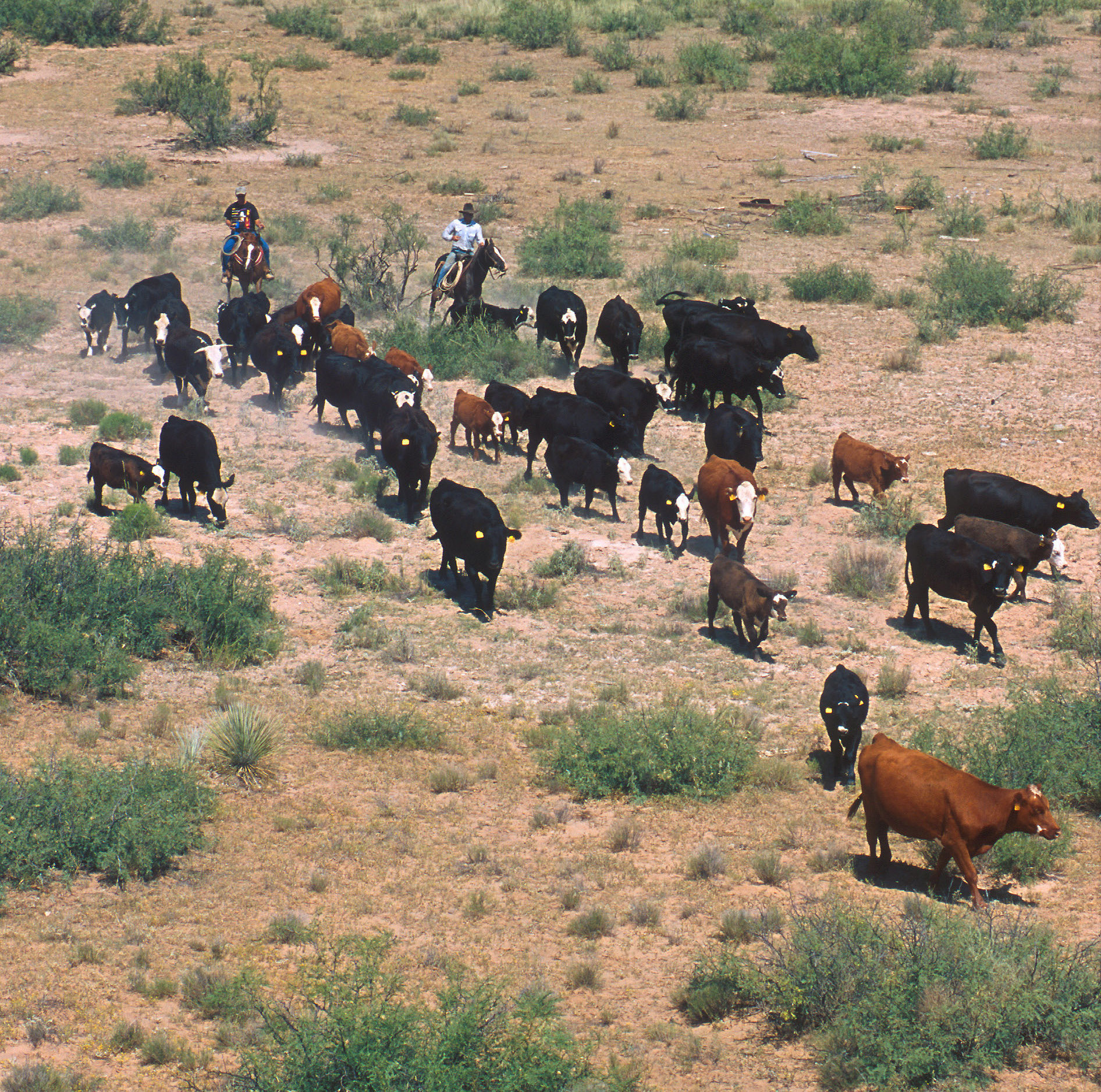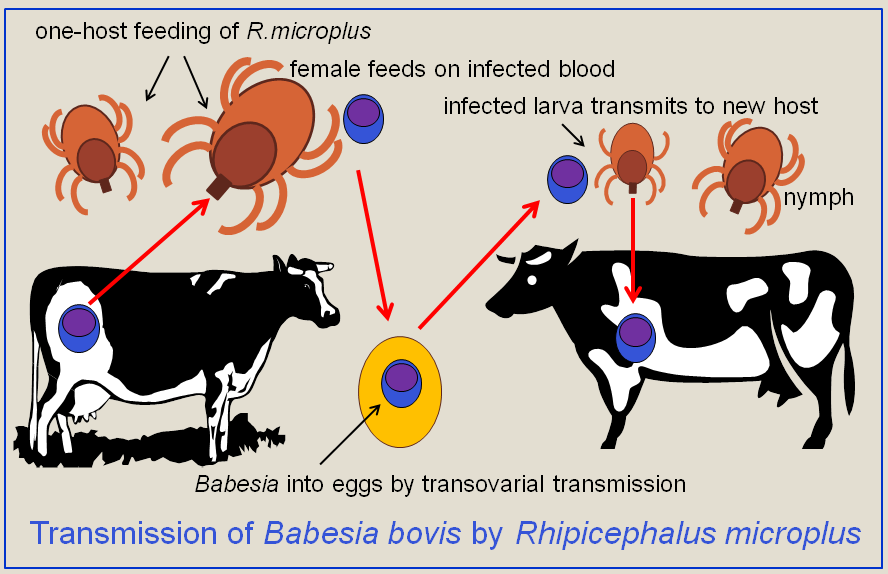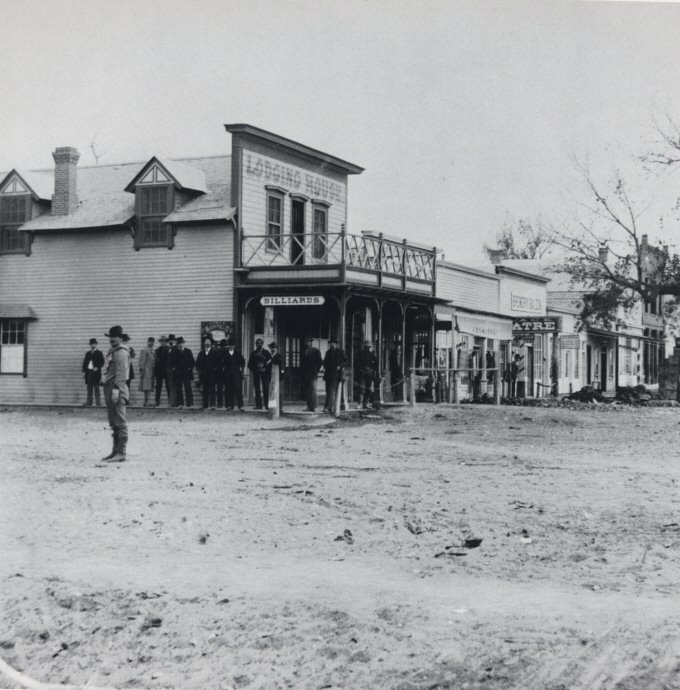|
Cattle Towns
Cattle towns were midwestern frontier settlements that catered to the cattle industry. The economies of these communities were heavily dependent on the seasonal cattle drives from Texas, which brought the cowboys and the cattle that these towns relied upon. Wishart, David J., ed. "Cattle Towns." Encyclopedia of the Great Plains. Cattle towns were found at the junctions of railroads and livestock trails. These towns were the destination of the cattle drives, the place where the cattle would be bought and shipped off to urban meatpackers, midwestern cattle feeders, or to ranchers on the central or northern plains. Cattle towns were made famous by popular accounts of rowdy cowboys and outlaws who were kept under control by local lawmen, but those depictions were mostly exaggeration and myth. Cattle towns Kansas The first cattle town was Abilene, which was made into a market for Texan cattle in 1867. The town of Abilene was a prosperous cattle market until farmers took all o ... [...More Info...] [...Related Items...] OR: [Wikipedia] [Google] [Baidu] |
Cattle Drives In The United States
Cattle drives were a major economic activity in the 19th and early 20th century American West, particularly between 1850s and 1910s. In this period, 27 million cattle were driven from Texas to railheads in Kansas, for shipment to stockyards in Louisiana and points east. The long distances covered, the need for periodic rests by riders and animals, and the establishment of railheads led to the development of "cow towns" across the frontier. Due to the extensive treatment of cattle drives in fiction and film, the horse has become the worldwide iconic image of the American West, where cattle drives still occur.Skaggs, Jimmy M. ''The Cattle-Trailing Industry: Between Supply and Demand, 1876–1890'' (University Press of Kansas, 1973) Movement of cattle Cattle drives represented a compromise between the desire to get cattle to market as quickly as possible and the need to maintain the animals at a marketable weight. While cattle could be driven as far as in a single day, they would ... [...More Info...] [...Related Items...] OR: [Wikipedia] [Google] [Baidu] |
Buffalo Bill
William Frederick Cody (February 26, 1846January 10, 1917), known as "Buffalo Bill", was an American soldier, Bison hunting, bison hunter, and showman. He was born in Le Claire, Iowa, Le Claire, Iowa Territory (now the U.S. state of Iowa), but he lived for several years in his father's hometown in modern-day Mississauga, Ontario, Canada, before the family returned to the Midwest and settled in the Kansas Territory. Buffalo Bill started working at the age of eleven, after his father's death, and became a rider for the Pony Express at age 15. During the American Civil War, he served the Union from 1863 to the end of the war in 1865. Later he served as a civilian scout for the United States Army, U.S. Army during the Indian Wars, receiving the Medal of Honor in 1872. One of the most famous and well-known figures of the American Old West, Buffalo Bill's legend began to spread when he was only 23. Shortly thereafter he started performing in Wild West show, shows that displayed cowb ... [...More Info...] [...Related Items...] OR: [Wikipedia] [Google] [Baidu] |
History Of The Midwestern United States
The Midwestern United States, also referred to as the Midwest or the American Midwest, is one of four census regions of the United States Census Bureau (also known as "Region 2"). It occupies the northern central part of the United States. It was officially named the North Central Region by the Census Bureau until 1984. It is between the Northeastern United States and the Western United States, with Canada to the north and the Southern United States to the south. The Census Bureau's definition consists of 12 states in the north central United States: Illinois, Indiana, Iowa, Kansas, Michigan, Minnesota, Missouri, Nebraska, North Dakota, Ohio, South Dakota, and Wisconsin. The region generally lies on the broad Interior Plain between the states occupying the Appalachian Mountain range and the states occupying the Rocky Mountain range. Major rivers in the region include, from east to west, the Ohio River, the Upper Mississippi River, and the Missouri River. The 2020 United St ... [...More Info...] [...Related Items...] OR: [Wikipedia] [Google] [Baidu] |
Wichita Eagle
''The Wichita Eagle'' is a daily newspaper published in Wichita, Kansas, United States. It is owned by The McClatchy Company and is the largest newspaper in Wichita and the surrounding area. History Origins In 1870, ''The Vidette'' was the first newspaper established in Wichita by Fred A. Sowers and W. B. Hutchinson. It operated briefly. On April 12, 1872, ''The Wichita Eagle'' was founded and edited by Marshall M. Murdock, and it became a daily paper in May 1884. His son, Victor Murdock, was a reporter for the paper during his teens, the managing editor from 1894 to 1903, an editor from the mid-1920s until his death in 1945. In October 1872, ''The Wichita Daily Beacon'' was founded by Fred A. Sowers and David Millison. It published daily for two months, then weekly until 1884 when it went back to daily. In 1907, Henry Justin Allen, Henry Allen purchased the ''Beacon'' and was publisher for many years. Mergers The ''Eagle'' and ''Beacon'' competed for 88 years, then in 1 ... [...More Info...] [...Related Items...] OR: [Wikipedia] [Google] [Baidu] |
Ku Klux Klan
The Ku Klux Klan (), commonly shortened to the KKK or the Klan, is an American white supremacist, right-wing terrorist, and hate group whose primary targets are African Americans, Jews, Latinos, Asian Americans, Native Americans, and Catholics, as well as immigrants, leftists, homosexuals, Muslims,and abortion providers The Klan has existed in three distinct eras. Each has advocated extremist reactionary positions such as white nationalism, anti-immigration and—especially in later iterations—Nordicism, antisemitism, anti-Catholicism, Prohibition, right-wing populism, anti-communism, homophobia, Islamophobia, and anti-progressivism. The first Klan used terrorism—both physical assault and murder—against politically active Black people and their allies in the Southern United States in the late 1860s. The third Klan used murders and bombings from the late 1940s to the early 1960s to achieve its aims. All three movements have called for the "purification" of Ame ... [...More Info...] [...Related Items...] OR: [Wikipedia] [Google] [Baidu] |
Texas Fever (disease)
''Babesia'', also called ''Nuttallia'', is an apicomplexan parasite that infects red blood cells and is transmitted by ticks. Originally discovered by the Romanian bacteriologist Victor Babeș in 1888, over 100 species of ''Babesia'' have since been identified. ''Babesia'' comprises more than 100 species of tick-borne parasites that infect erythrocytes (red blood cells) in many vertebrate hosts. ''Babesia'' species infect livestock worldwide, wild and domestic vertebrate animals, and occasionally humans, where they cause the disease babesiosis. In the United States, ''B. microti'' is the most common strain of the few which have been documented to cause disease in humans. Classification ''Babesia'' is a protozoan parasite found to infect vertebrate animals, mostly livestock mammals and birds, but also occasionally humans. Common names of the disease that ''Babesia microti'' causes are Texas cattle fever, redwater fever, tick fever, and Nantucket fever. The disease it cau ... [...More Info...] [...Related Items...] OR: [Wikipedia] [Google] [Baidu] |
Joseph McCoy
Joseph "Cowboy" McCoy (December 21, 1837 – October 19, 1915) was a 19th-century entrepreneur known for promoting the transport of Longhorn cattle from Texas to the eastern United States. Early life Joseph Getting McCoy was one of eleven children born to Mary (née Kirkpatrick) and David McCoy. He was born on 21 December 1837 in Sangamon County, Illinois. The McCoy family were farmers. Joseph went to school, including one year at Knox College (Illinois), Knox College. He went into business as a stockman, breeding and selling mules. A big financial break came for McCoy in 1861 when he sold a Stock car (rail), stockcar-load of mules in Kentucky. Delivery requiring transport over five different rail lines, the experience was also an important lesson in rail logistics that would serve him in his major career venture six years later. The venture sufficiently established him that he was able to propose to Sarah Epler, a neighbor. The earnings from the Kentucky sale allowed McCoy to expa ... [...More Info...] [...Related Items...] OR: [Wikipedia] [Google] [Baidu] |
Red Light District
A red-light district or pleasure district is a part of an urban area where a concentration of prostitution and sex-oriented businesses, such as sex shops, strip clubs, and adult theaters, are found. In most cases, red-light districts are particularly associated with female street prostitution, though in some cities, these areas may coincide with spaces of male prostitution and gay venues. Areas in many big cities around the world have acquired an international reputation as red-light districts. The term ''red-light district'' originates from the red lights that were used as signs for brothels. Origins of term Red-light districts are mentioned in the 1882 minutes of a Woman's Christian Temperance Union meeting in the United States. The ''Oxford English Dictionary'' records the earliest known appearance of the term "red light district" in print as an 1894 article from the '' Sandusky Register'', a newspaper in Sandusky, Ohio. Author Paul Wellman suggests that this and other t ... [...More Info...] [...Related Items...] OR: [Wikipedia] [Google] [Baidu] |
Cowboy
A cowboy is an animal herder who tends cattle on ranches in North America, traditionally on horseback, and often performs a multitude of other ranch-related tasks. The historic American cowboy of the late 19th century arose from the '' vaquero'' traditions of northern Mexico and became a figure of special significance and legend.Malone, J., p. 1. A subtype, called a wrangler, specifically tends the horses used to work cattle. In addition to ranch work, some cowboys work for or participate in rodeos. Cowgirls, first defined as such in the late 19th century, had a less-well documented historical role, but in the modern world work at identical tasks and have obtained considerable respect for their achievements. Cattle handlers in many other parts of the world, particularly South America and Australia, perform work similar to the cowboy. The cowboy has deep historic roots tracing back to Spain and the earliest European settlers of the Americas. Over the centuries, differences ... [...More Info...] [...Related Items...] OR: [Wikipedia] [Google] [Baidu] |
Medora, North Dakota
Medora is a city in Billings County, North Dakota, Billings County, North Dakota, United States. The only municipal corporation, incorporated place in Billings County, it is also the county seat. Much of the surrounding area is part of either Little Missouri National Grassland or Theodore Roosevelt National Park. The population was 121 at the 2020 United States census, 2020 census. It is part of the Dickinson, North Dakota, Dickinson Dickinson micropolitan area, Micropolitan Statistical Area. History Medora was founded in 1883 along the Transcontinental railroad, transcontinental rail line of the Northern Pacific Railway by French people, French nobleman Marquis de Mores, who named the city after his wife Medora von Hoffman. Marquis de Mores wanted to ship refrigerated meat to Chicago via the railroad. He built a meat packing plant for this purpose and a house named the Chateau de Mores, which is now a museum. In the evening of April 7, 1903, President Theodore Roosevelt, who ha ... [...More Info...] [...Related Items...] OR: [Wikipedia] [Google] [Baidu] |
Miles City, Montana
Miles City ( chy, Ma'xemâhoévé'ho'eno) is a city in and the county seat of Custer County, Montana, United States. The population was 8,354 at the 2020 census. History After the Battle of the Little Bighorn in 1876, the U.S. Army created forts in eastern Montana, including one where the north-flowing Tongue River flowed into the east-flowing Yellowstone River. The first fort was known as the Tongue River Cantonment or the Tongue River Barracks and was founded on August 27, 1876. A second, permanent fort was constructed on higher ground two miles to the west of the mouth of the Tongue and this became Fort Keogh. Fort Keogh (named after Captain Myles Keogh, one of the battle dead, whose horse, Comanche, was the lone survivor of Custer's command) started as a few rough winter cabins, but grew into a moderate sized western fort, from which its commander, General Nelson A. Miles, effectively brought the remaining "uncontrolled" Native Americans into subjugation during the last ... [...More Info...] [...Related Items...] OR: [Wikipedia] [Google] [Baidu] |
Calamity Jane
Martha Jane Cannary (May 1, 1852 – August 1, 1903), better known as Calamity Jane, was an American frontierswoman, sharpshooter, and storyteller. In addition to many exploits she was known for being an acquaintance of Wild Bill Hickok. Late in her life, she appeared in Buffalo Bill's Wild West show and at the 1901 Pan-American Exposition. She is said to have exhibited compassion to others, especially to the sick and needy. This facet of her character contrasted with her daredevil ways and helped to make her a noted frontier figure. She was also known for her habit of wearing men's attire. Early life Much of the information about the early years of Calamity Jane's life comes from an autobiographical booklet that she dictated in 1896, written for publicity purposes. It was intended to help attract audiences to a tour she was about to begin, in which she appeared in dime museums around the United States. Some of the information in the pamphlet is exaggerated or even complet ... [...More Info...] [...Related Items...] OR: [Wikipedia] [Google] [Baidu] |






